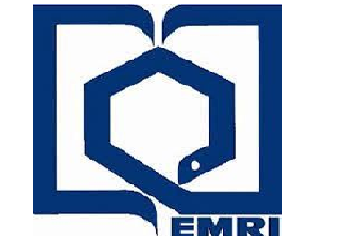Burden of Tracheal, Bronchus, and Lung Cancer in North African and Middle East countries, 1990 to 2019: Results from the GBD Study 2019
Objective: To provide estimates on the regional and national burden of tracheal, bronchus, and lung (TBL) cancer and its attributable risk factors from 1990 to 2019 in the North Africa and Middle East (NAME) region.

Objective: To provide estimates on the regional and national burden of tracheal, bronchus, and lung (TBL) cancer and its attributable risk factors from 1990 to 2019 in the North Africa and Middle East (NAME) region.
Methods and materials: The Global Burden of Disease (GBD) 2019 data were used. Disability-adjusted life years (DALYs), death, incidence, and prevalence rates were categorized by sex and age groups in the NAME region, in 21 countries, from 1990 to 2019. Decomposition analysis was performed to calculate the proportion of responsible factors in the emergence of new cases. Data are presented as point estimates with their 95% uncertainty intervals (UIs).
Results: In the NAME region, TBL cancer caused 15,396 and 57,114 deaths in women and men, respectively, in 2019. The age-standardized incidence rate (ASIR) increased by 0.7% (95% UI -20.6 to 24.1) and reached 16.8 per 100,000 (14.9 to 19.0) in 2019. All the age-standardized indices had a decreasing trend in men and an increasing trend in women from 1990 to 2019. Turkey (34.9 per 100,000 [27.6 to 43.5]) and Sudan (8.0 per 100,000 [5.2 to 12.5]) had the highest and lowest age-standardized prevalence rates (ASPRs) in 2019, respectively. The highest and lowest absolute slopes of change in ASPR, from 1990 to 2019, were seen in Bahrain (-50.0% (-63.6 to -31.7)) and the United Arab Emirates (-1.2% (-34.1 to 53.8)), respectively. The number of deaths attributable to risk factors was 58,816 (51,709 to 67,323) in 2019 and increased by 136.5%. Decomposition analysis showed that population growth and age structure change positively contributed to new incident cases. More than 80% of DALYs could be decreased by controlling risk factors, particularly tobacco use.
Conclusion: The incidence, prevalence, and DALY rates of TBL cancer increased, and the death rate remained unchanged from 1990 to 2019. All the indices and contribution of risk factors decreased in men but increased in women. Tobacco is still the leading risk factor. Early diagnosis and tobacco cessation policies should be improved.





ارسال نظر